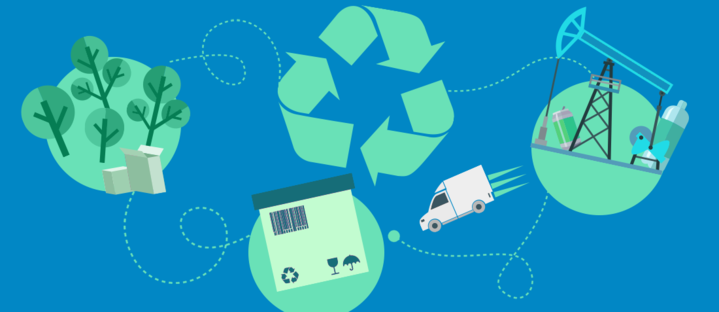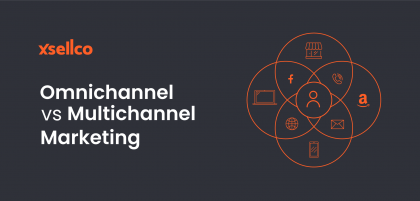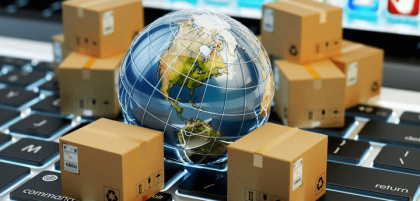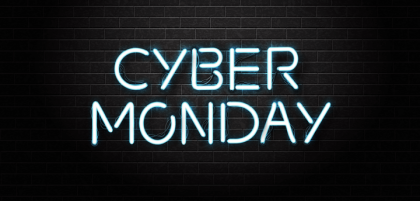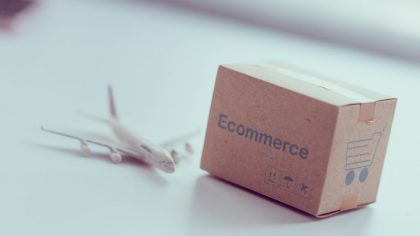When Marc Chavannes and Al Fielding sealed two shower curtains together in 1957, they didn’t know their air-filled textured wallpaper would become a $4 billion industry. Bubblewrap was born.
But the world has changed since then and now bubblewrap is about as environmentally acceptable as seal clubbing. Could seaweed be the answer?
Businesses are now looking for new lighter, stronger and greener ways to pack and send their goods. If it’s lighter and stronger, then it saves big bucks on logistics costs. And increasingly customers are looking for their products to be shipped in something that doesn’t damage the environment. A remarkable 53% of buyers are willing to pay more if product packaging is environmentally friendly, according to Nielsen research.
”Shoppers are becoming more aware of green alternatives. Eco-packaging is now cost-effective for online sellers, it’s a thriving industry that’s constantly innovating and changing the way we think,” said expert Paul Jenkins of Pack Hub.
So what is the next generation of packaging going to be? We look at some of the most innovative materials currently being developed.
Agar Plasticity – Seaweed
Japanese design team AMAM, who won the prestigious Lexus Design Award are on a mission to clean up the sea by using…erm…seaweed. They’ve powdered the jelly-like substance Agar, found in marine algae and combined it with shell ash and algae fibres to make a revolutionary new packing material. Agar plasticity which is entirely disposable, could solve one of world’s biggest pollution problems.
//www.youtube.com/watch?v=Oh2kkXldjG0
Mushroom Packaging
One smart new way of moving away from petroleum based plastics is to grow your own sustainable alternative. Dell has spent big money on its latest “blue sky” project where growing ‘cushions’ made of wheat chaff injected with mushroom spawn, produces a substance that looks and behaves like styrofoam. Used for the shipment of electronic goods, mushroom bioscience may have a seismic impact on the packaging industry because it limits the use of carbon energy sources and can be fully composted.
AirCarbon
Dell has been tearing up trees, so to speak, in its attempt to bring packaging to a whole new level. In conjunction with cutting edge innovators Newlight Technologies, they’re already developing carbon-negative packaging, that takes carbon out of the air.
//www.youtube.com/watch?v=s21luGzt0AE
Whey Protein Bioplastic
A French research project, is developing renewable paper coating materials made from industrial food waste. 25 million tons of whey, the by-product of cheese production, is chucked away there every year. Whey granules are used to produce a film which forms part of a multilayer bioplastic, also containing aluminium and cardboard. It’s easy to separate, recover and recycle and unlike fossil resources is both renewable and sustainable.
GreenWrap
When it comes to their green footprint, this company really treads lightly. Eco-enclose take recycled cardboard and ‘upcycle’ it to make their planet -friendly void fillers. They have two eco-alternatives to bubblewrap and plastic peanuts, Corrugated Bubble and Greenwrap. Made from post-consumer and industrial waste, they’re light, cost effective and biodegradable. They also make recycled shipping labels from used paper.
Are you exploring zero-waste options for your business? Let us know in the comments below.
